Today I’m sharing a change I made in my classroom to make my math program more successful. Hopefully they will help you, too!
I decided my math block needed a complete overhaul.I seemed to be doing lots of planning and teaching, but not much engagement from students or parents.
That is when I decided to try a flipped classroom approach.
It looked like this:
I sent home simple introductions to each math concept the week before teaching it. Parents were encouraged to go through it with students and practice.
At school, when the lesson was introduced, most students were already familiar. Most felt confident.
We immediately went to using classroom white boards to solve problems. Peer teaching and conferencing was key!
This way, parents were always informed about what we were studying and much more able to support students at home. This idea was so great that we tried it with other subjects as well.
Have you tried a flipped classroom?

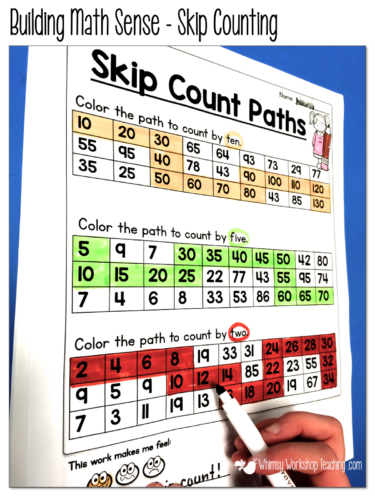
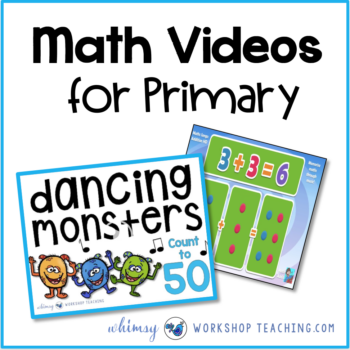
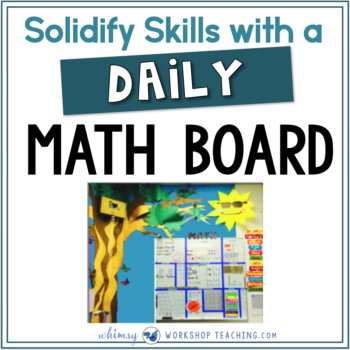
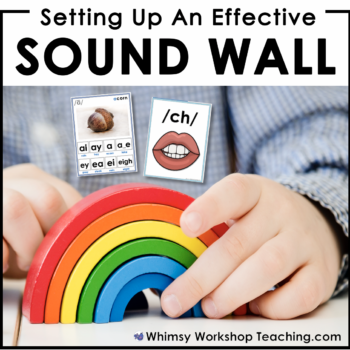
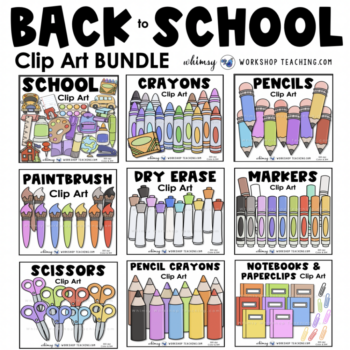 Back To School + School Things Bundle
Back To School + School Things Bundle 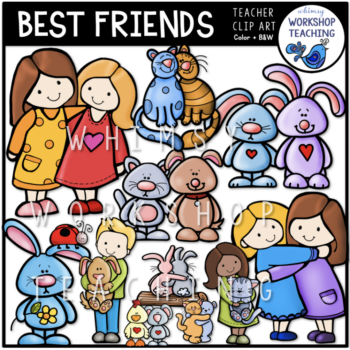 Best Friends Kids and Animals
Best Friends Kids and Animals 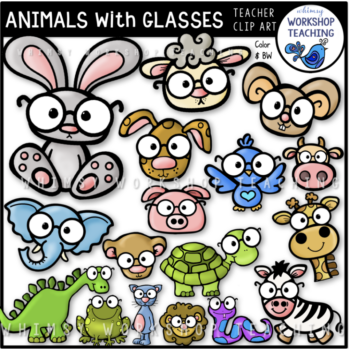 Animals With Glasses
Animals With Glasses 
